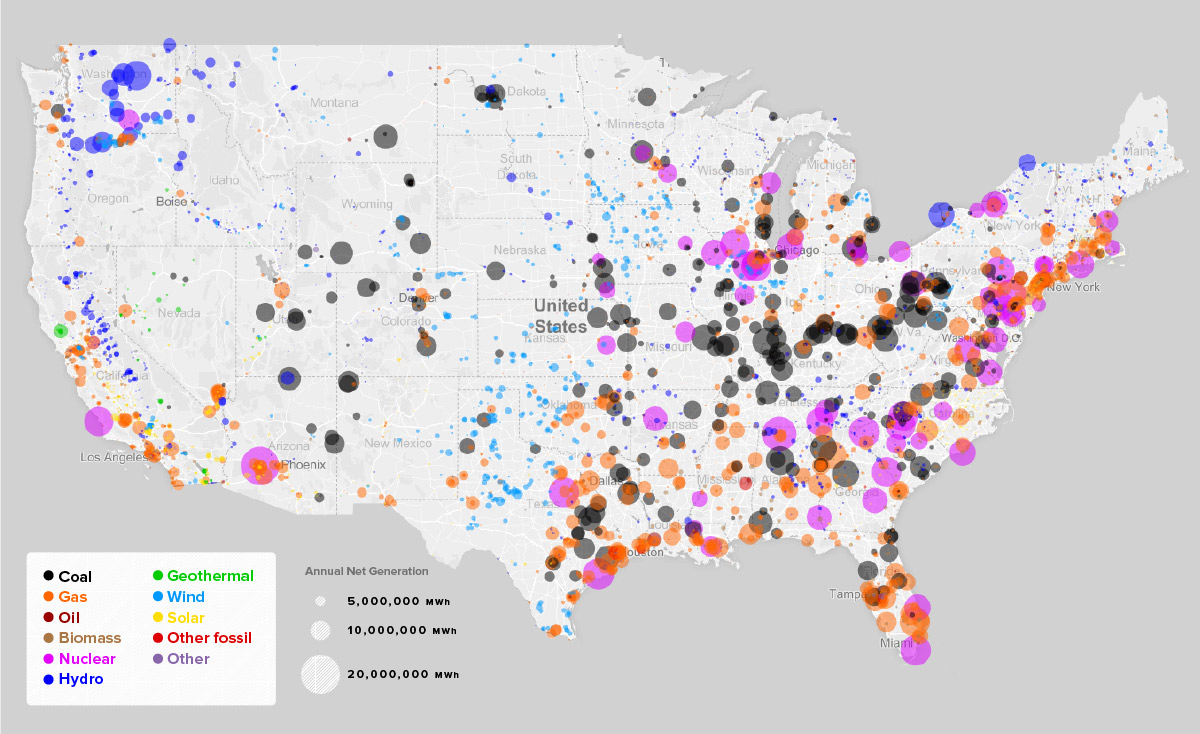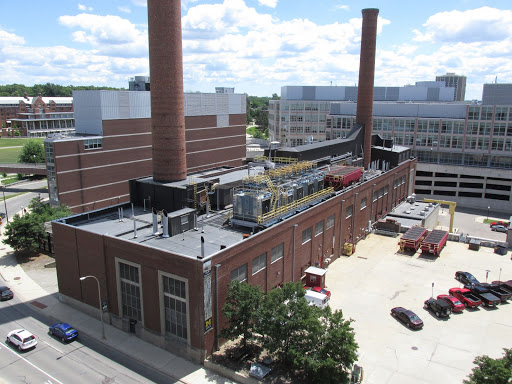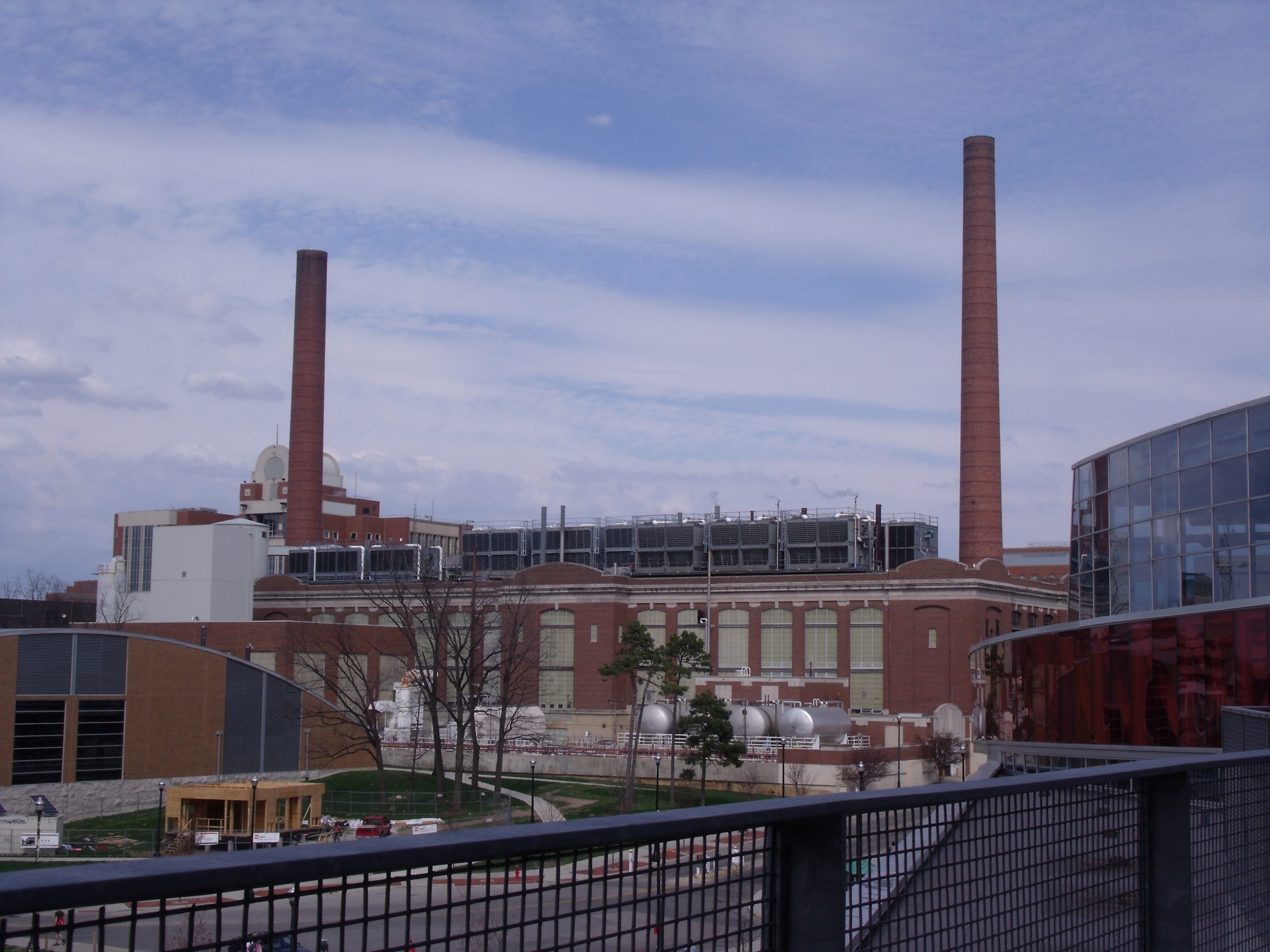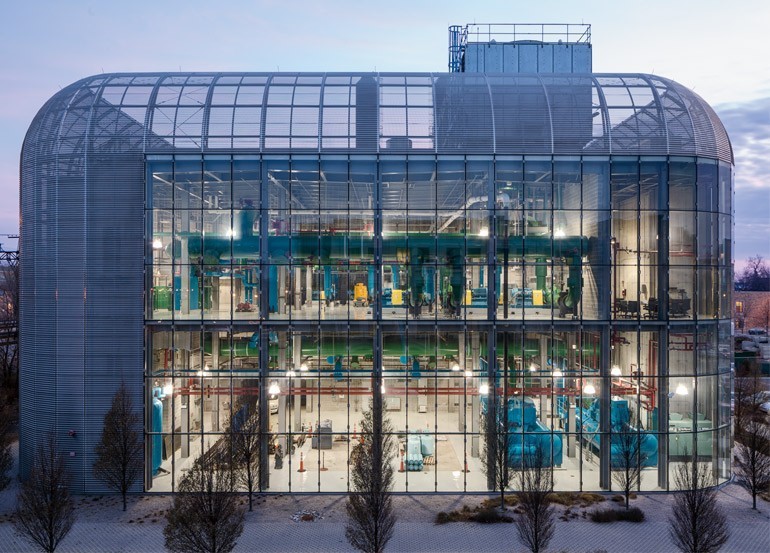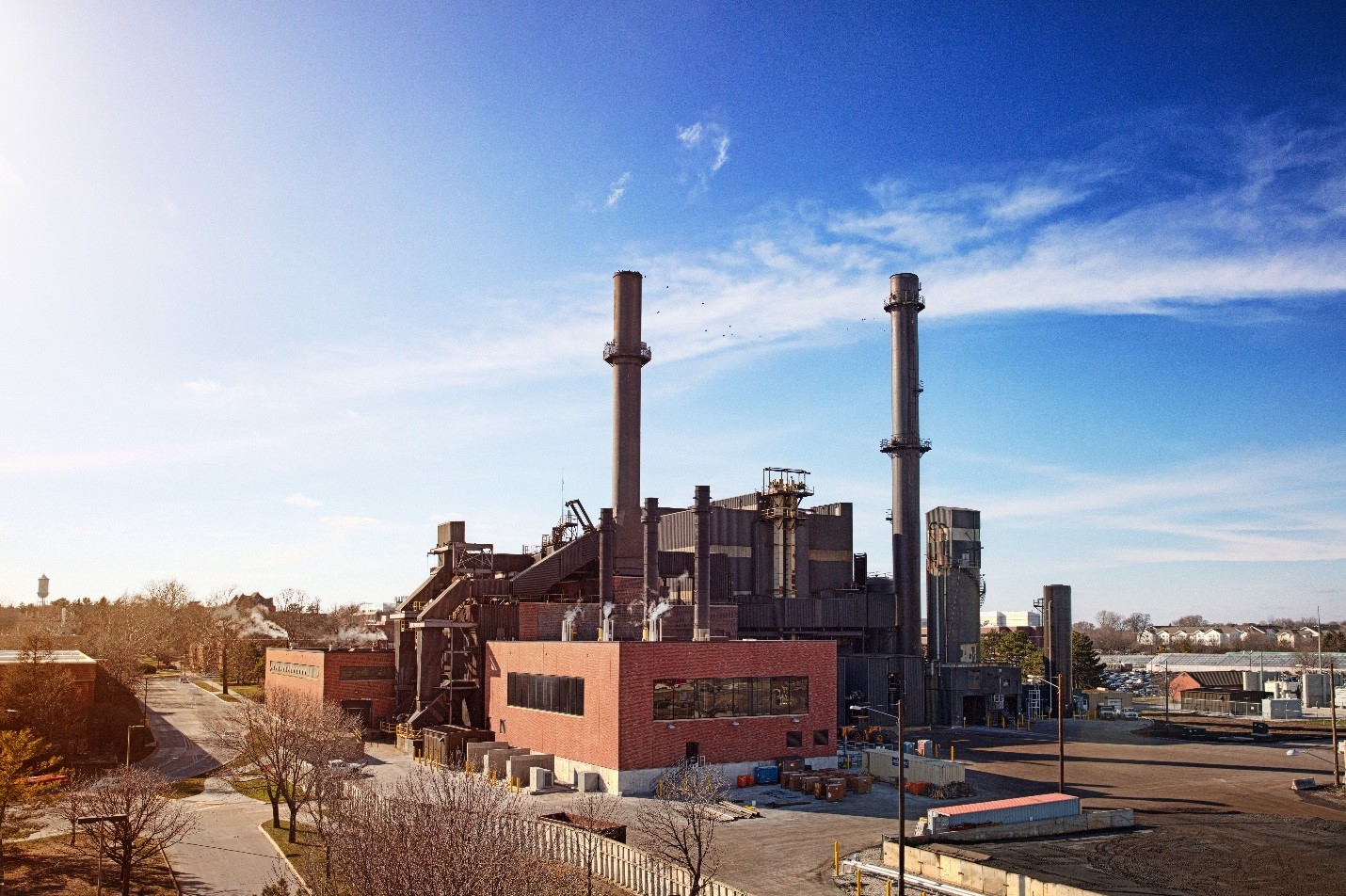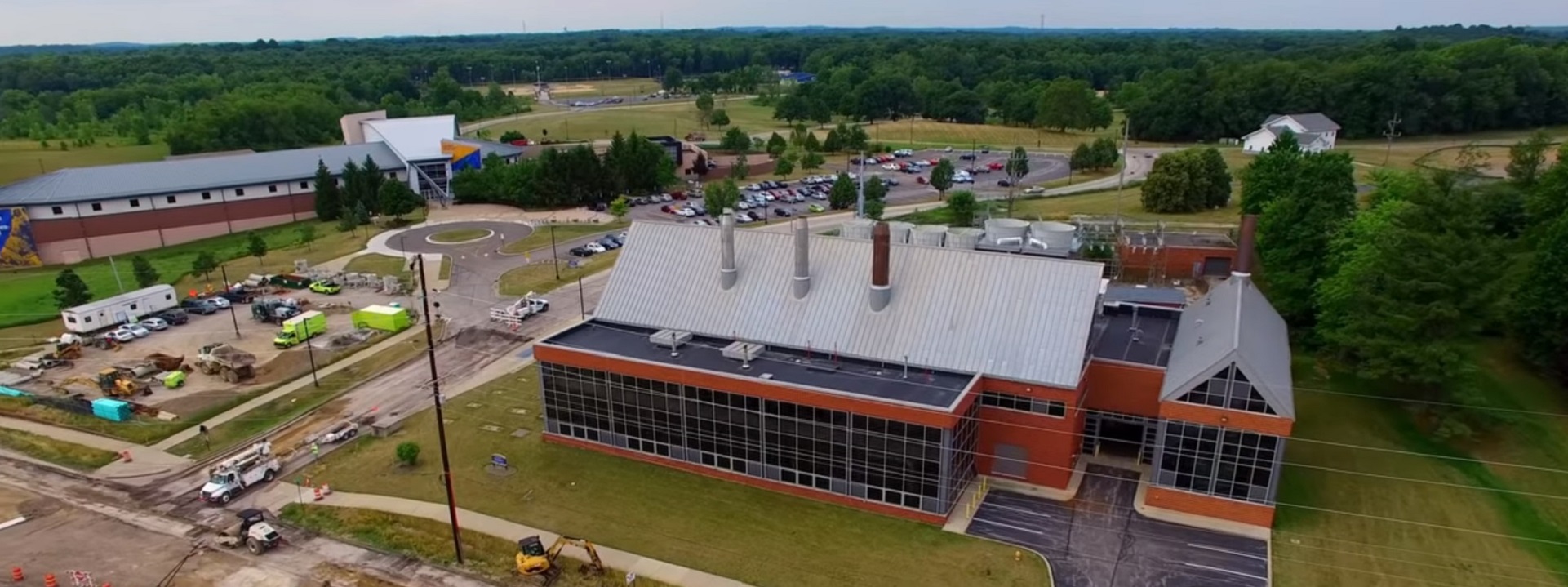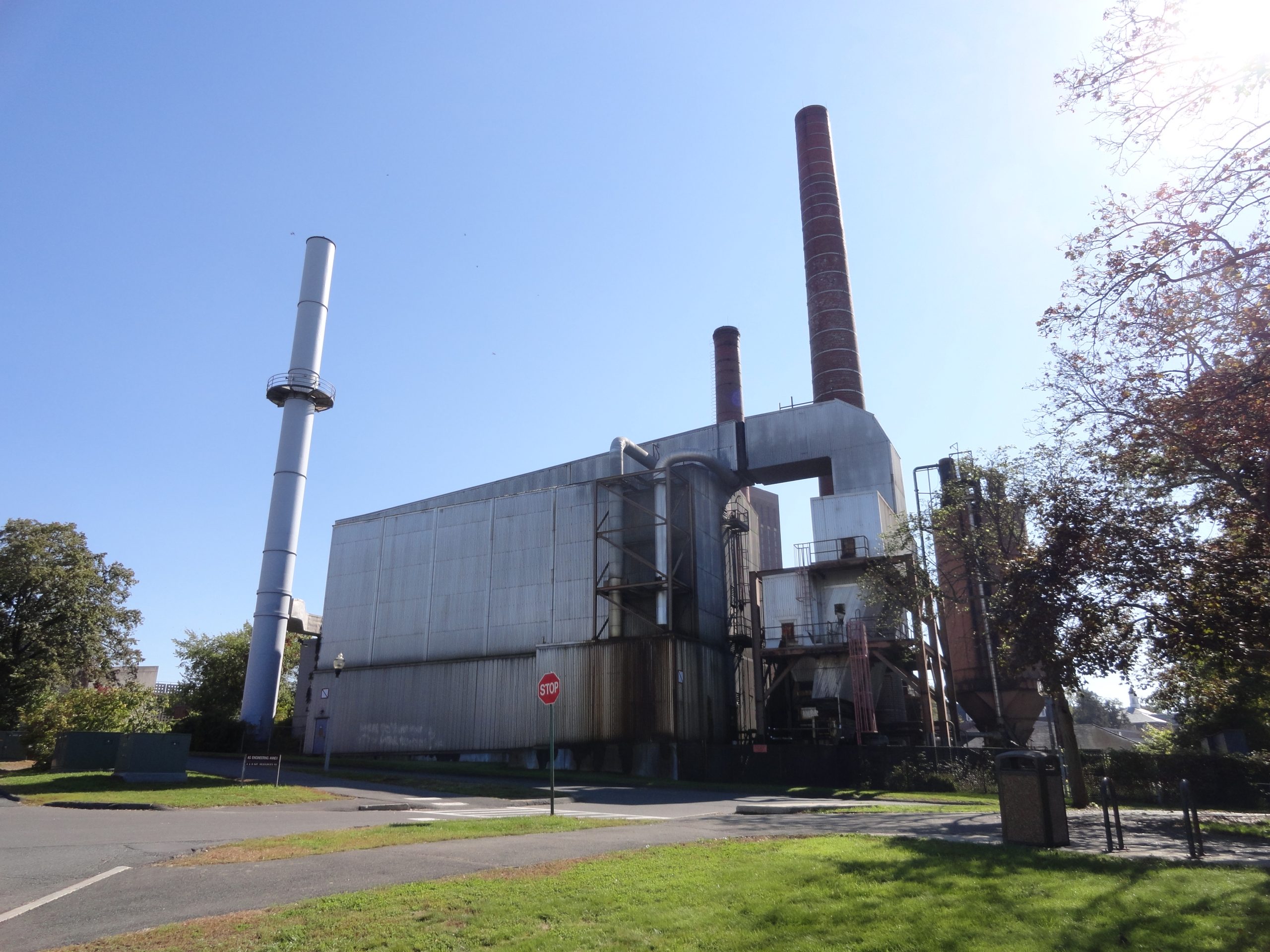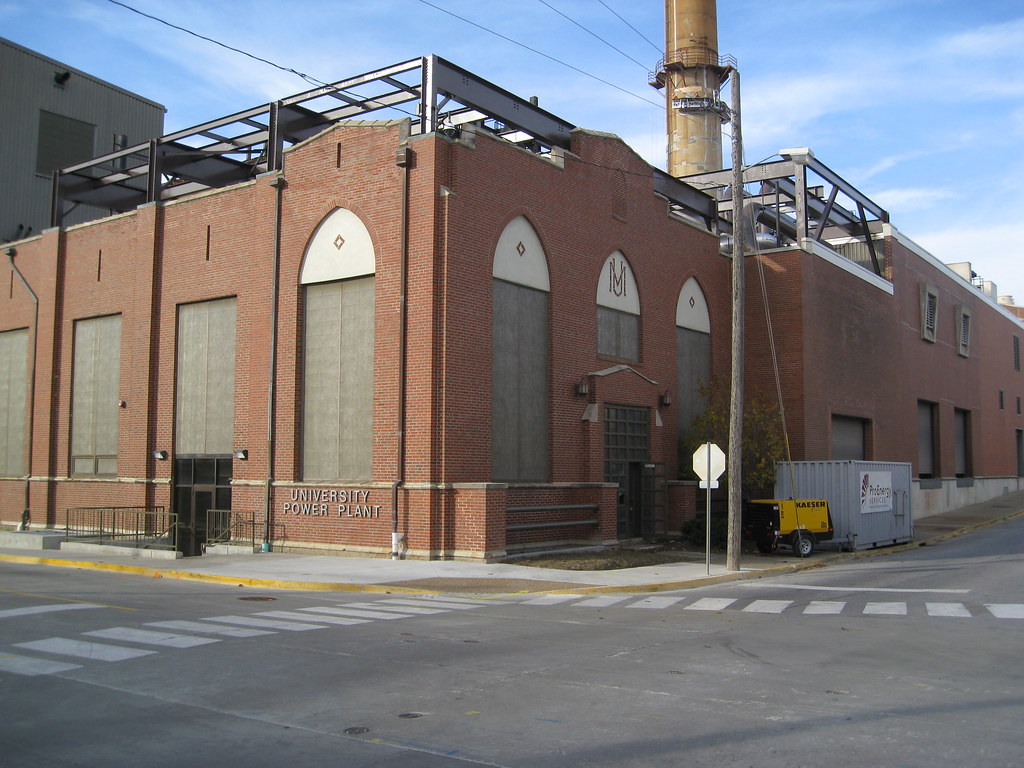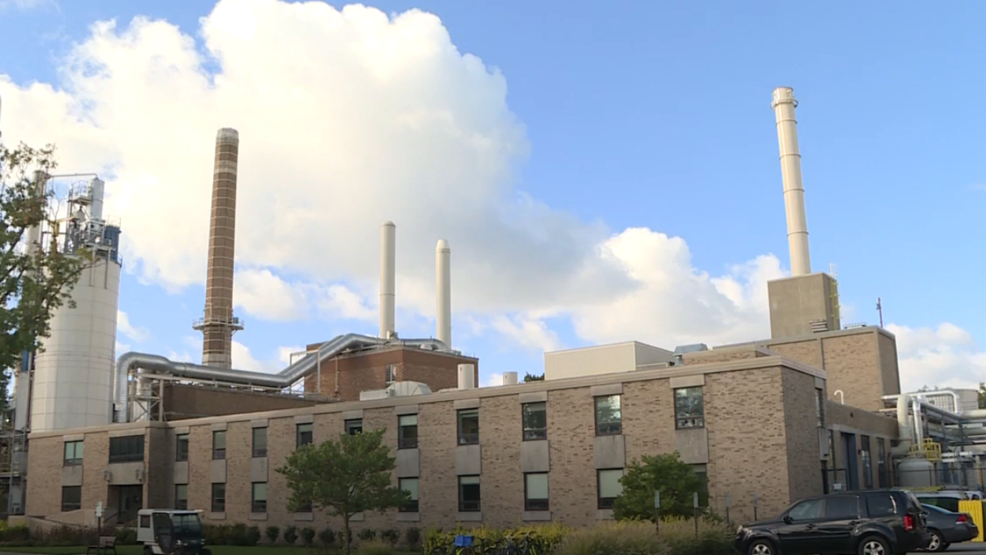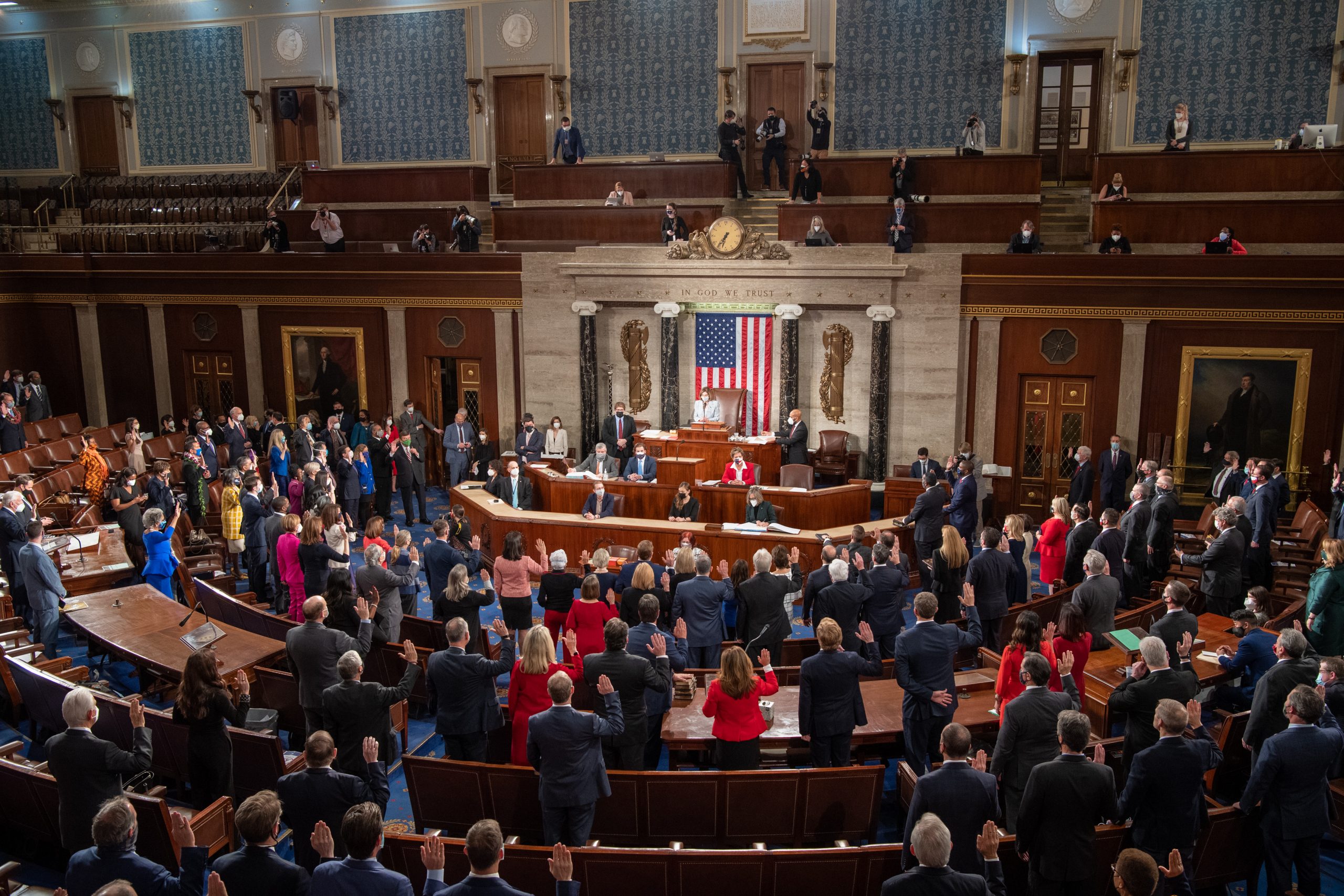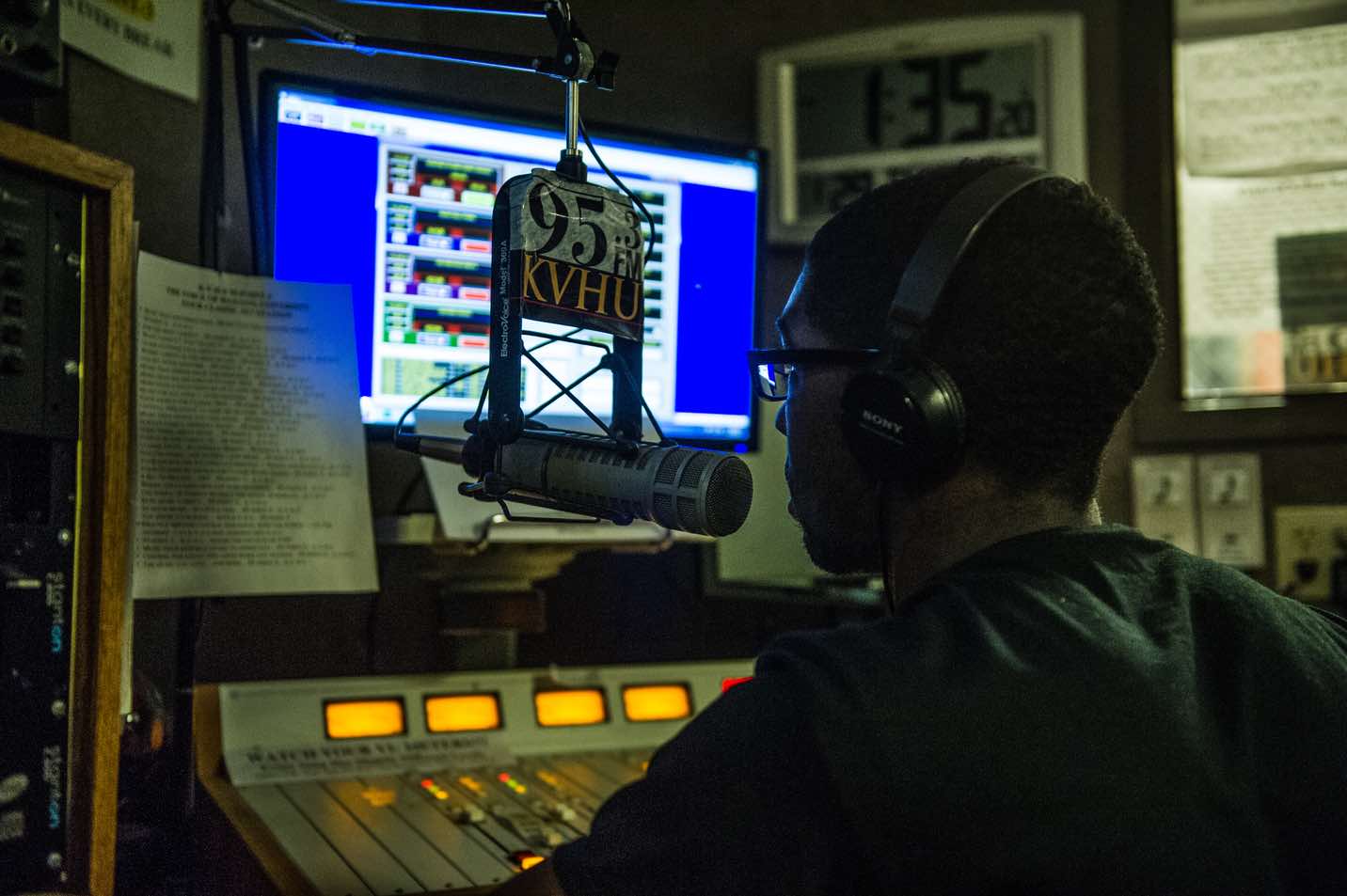S. 2658 REAADI for Disasters Act
- Home Page 372

Campus Energy Plants
Energy plants are mighty fixtures on many research university campuses.
Our content management system does not accommodate image sizes that include the waste heat stacks of university energy plants so we provide a view of them in a separate blog post. Most of those plants shown here generate and distribute heating, cooling and electrical energy of comparable magnitude of regulated utilities. We add to this collection of images every month.
LIVE: Rádio USP 93.7 FM
This content is accessible to paid subscribers. To view it please enter your password below or send mike@standardsmichigan.com a request for subscription details.
False Alarm Reduction
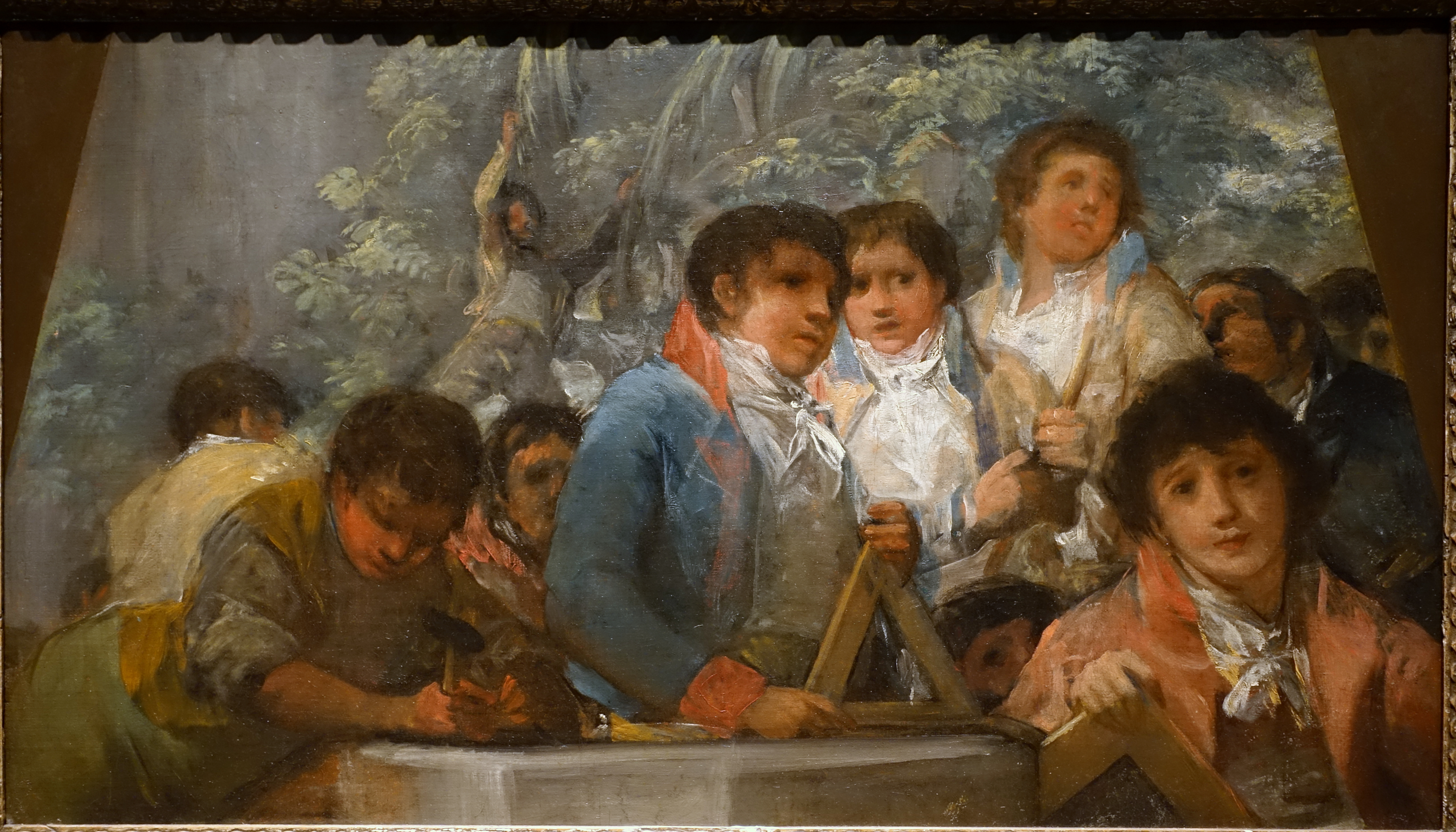
“Students from the Pestalozzian Academy” | Francisco José de Goya y Lucientes (1806} | Meadows Museum Southern Methodist University
Security standards for the education industry develop on a near-weekly basis. Every incident spawns new workgroups that compete with incumbents, consortia and open source licensing organizations to set the standard of care through documents, accreditation, training and other revenue-capture instruments. We count the better part of 100 of them including the standards spawned from ad hoc alliances and partnerships.
The Security Industry Association in an ANSI-accredited standards setting organization that develops consensus products that promote interoperability and information sharing in the industry. The landing page for its standards setting enterprise is linked below:
Interoperability problems in the digital transformation of the education communities has been a challenge for decades. Competition among providers inevitably results in vendor lock-in. Given high degree of rehabilitation activity in facilities, getting legacy and new fire alarm systems to talk to one another is a worthy goal. The original University of Michigan standards advocacy enterprise had a few modest “code wins” in this domain from 2000 to 2016.
Interoperability challenges remain and are the signature characteristic of the transformation.
Last year the SIA initiated a revision cycle for its standard — SIA CP-01 Features for False Alarm Reduction — which asserts leading practice for reduction of false alarms. To paraphrase the benefits of this ANSI-accredited consensus document:
- Saves facility management enterprises time and money with decreased alarm dispatches and programmable swinger shutdown.
- Provides technical specifications for cross zoning and carbon monoxide zoning.
- Provides commissioning, inspection, testing and maintenance guidance.
- Provides guidance for installing security measures like the duress alarm that can be entered by a user to trigger a silent call for help while under threat from an intruder.
- Features, including specifications for carbon monoxide zones and qualifications for swinger shutdown.
From the ANSI Project Initiation Notification Announcement:
Project Need: False Alarms and False Dispatches continue to be a thorn in the side of municipalities and law enforcement.
Stakeholders: Security integrators, security manufacturers, law enforcement, central stations, monitoring companies, and
some end-users (consumers) of security.
Scope: This standard details recommended design features for security systems, control panels, and their associated devices to reduce the incidence of false alarms. These features are applicable to both residential and commercial properties protected by an electronic security system. This standard is intended for use by manufacturers in the design of security systems and alarm signal receivers. It is also intended for reference by all affected parties, including security system installers, specifiers, and users; central station owners and operators; manufacturers of central station products, such as receivers and automation software; and local authorities
We will be watching for release of public review drafts. You are encouraged to communicate directly with SIA: CONTACT
The SIA suite is on the standing agenda of our periodic Security, Risk and Prometheus teleconferences. See our CALENDAR for the next online meeting; open to everyone.
Issue: [13-143]
Category: Security, Risk, Prometheus
Colleagues: Mike Anthony, Josh Evolve, Jim Harvey, Richard Robben
LEARN MORE:
Fire Alarm and Security Industry Terminology
New update alert! The 2022 update to the Trademark Assignment Dataset is now available online. Find 1.29 million trademark assignments, involving 2.28 million unique trademark properties issued by the USPTO between March 1952 and January 2023: https://t.co/njrDAbSpwB pic.twitter.com/GkAXrHoQ9T
— USPTO (@uspto) July 13, 2023
Standards Michigan Group, LLC
2723 South State Street | Suite 150
Ann Arbor, MI 48104 USA
888-746-3670


